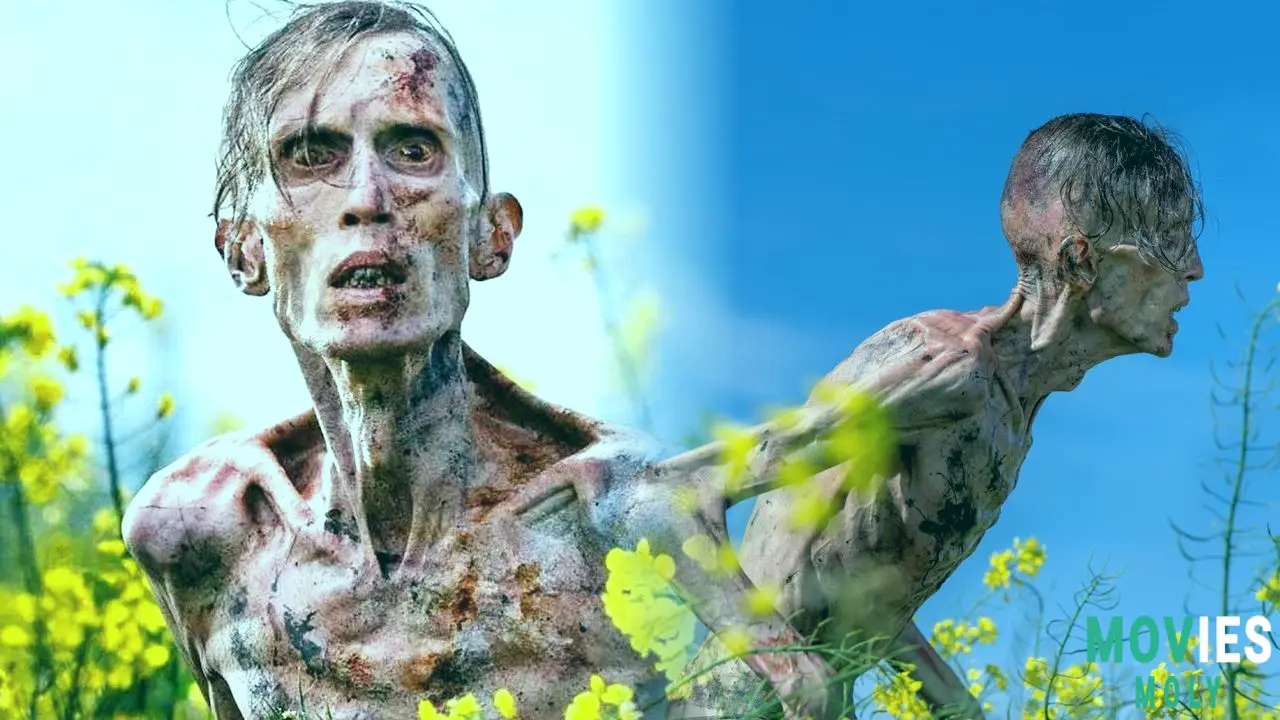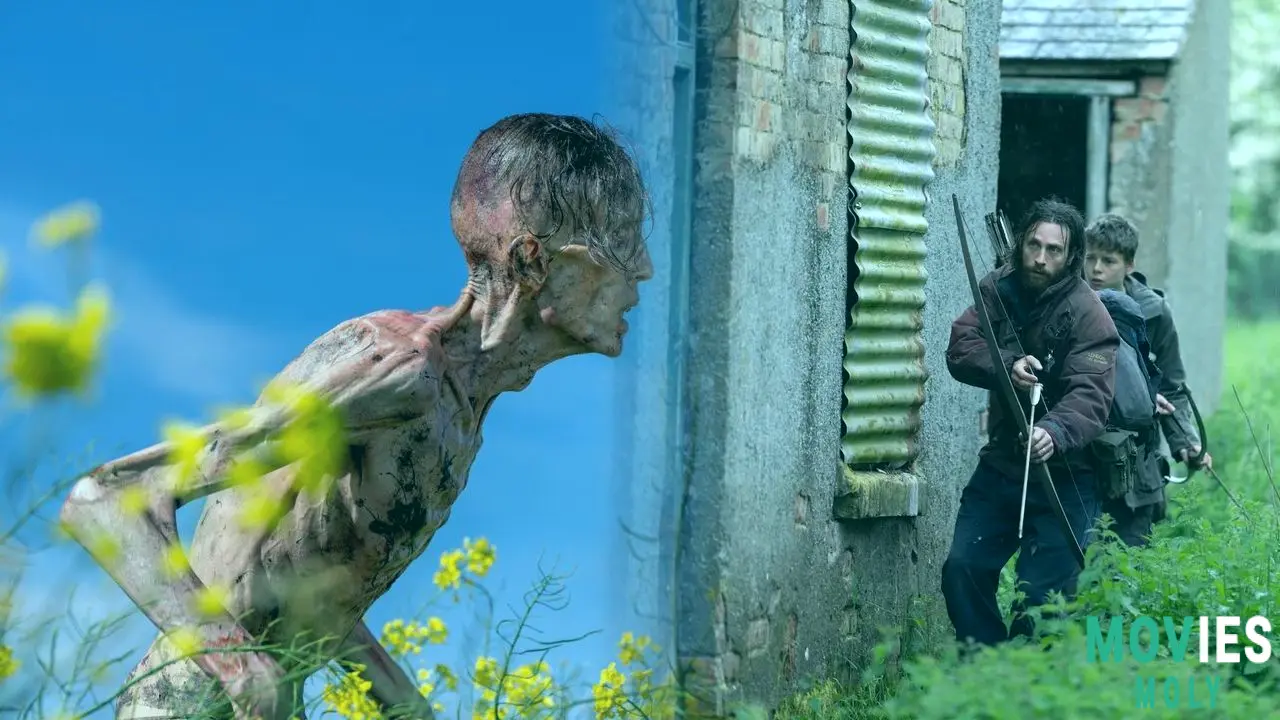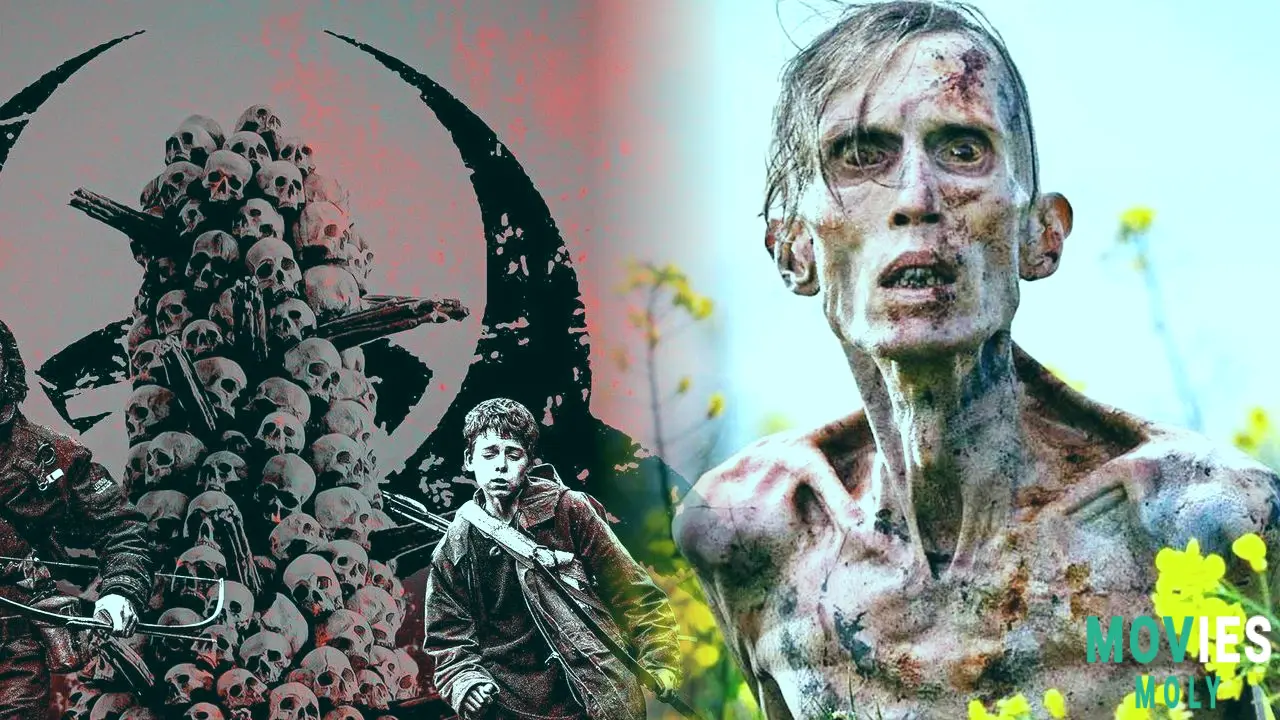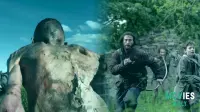After years of waiting and wondering, the world of the Rage Virus has returned, but not exactly how we expected. Instead of 28 Months Later, we get 28 Years Later. It appears that Danny Boyle and Alex Garland have great ambitions for this story. The original 28 Days Later transformed zombie films forever. It gave us sick people that were swift, scary, and fully alive, rather than merely shuffling undead.
For a long time, Boyle and Garland discussed doing a genuine sequel to their first film. The 2007 film 28 Weeks Later has a separate creative team. Now, the original creators have returned, and they are not only making one new film. They are launching a completely new trilogy. The first installment is titled 28 Years Later, and a sequel, 28 Years Later: The Bone Temple, is scheduled for release next year. It is evident that they had much more to say about this disturbing reality.
Danny Boyle stated that one of the key goals for 28 Years Later was to remain as fresh as possible. He describes the story's structure and flow as "very unusual." Even at the writing stage, he was surprised to learn that the final third of the picture would be "this moving examination of mortality in different ways." He assumed it would "commemorate and celebrate that." This sounds like they're continuing with the really human and thoughtful essence that made the original film so great.
How the infected have evolved, and what the passage of time means for the world.Twenty-eight years later, the rage virus is still a threat, but it's changing.
One of the most startling aspects of 28 Days Later was its unique perspective on the infected. These weren't typical zombies. They were humans transformed by the rapidly spreading "Rage Virus." They also have the ability to run. Alex Garland noted that the 28-year time leap inspired two major ideas. One theory was that all of the diseased had been eradicated and life had returned to normal. The other hypothesis was that the infection was still present. What would happen if it was still alive? These aren't resurrected dead folks. They are persons suffering from a disease, specifically a virus. They need to eat and drink.
Garland stated that in this new picture, they are reducing the distance "between the humans and the infected." He wants to demonstrate that they aren't so different from us. They have an illness that a doctor would approach differently than we would. So it's about things that appear to be quite distinct but actually have much in common. They can be viewed or interpreted in new ways. This advises delving deeper into the virus and its sufferers. It goes beyond basic horror. It asks us to consider what it means to be human.
Boyle also stated that everyone has survival instincts, as well as the rage that drives the infected. "If you look at the films in detail, it is something that is within us all," he told me. He doesn't believe it's an outsider's disease. He proposes: "Every character gets to exhibit part of it, the potential for it within ourselves." The idea that wrath is always lurking inside, waiting to be unleashed, has always been a terrifying aspect of the franchise. It makes the threat seem more personal. It makes you question what you would do if confronted with such a bad decision.
The Main Story Of 28 Years Later And Its Relationships To Previous Films

A look at the new characters and how the past may influence their fight for survival
28 Years Later chronicles the narrative of Spike (Alfie Williams). Spike, a 12-year-old child, has grown up on a walled-off island off the shore of the quarantine zone. He's never seen the outside world. After the Rage Virus wiped all the population, no one was allowed to leave the UK. Other countries continue to police the area to maintain global order. Spike's father, Jamie (Aaron Taylor-Johnson), believes his son to become the toughest version of himself. He wants Spike to be a guardian. They go hunting in the wilderness early in the film. Spike's mother, Isla (Jodie Comer), is suffering from an unknown sickness that no one in their little town can heal.
The movie has a significant human element. Boyle and Garland cited Ken Loach's 1969 coming-of-age film Kes as a big inspiration. You can actually sense the connection. The film begins by immersing the viewer in this wonderfully detailed post-apocalyptic world, with absolutely little explanation. Garland allows the world of 28 Years Later to reveal itself through actions and brief conversations. The spectator learns about how the world has changed over the last 28 years at the same time as Spike. He goes around the English countryside, seeing terrible monsters and experiencing his first taste of maturity.
Boyle was candid about how little his next picture will relate to the events of 28 Weeks Later. He claimed that what made the original picture unique was that it exclusively depicted British people dealing with the illness in that particular country. He stated, "There's nothing wrong with 28 Weeks Later." We simply chose not to follow those story components." This is a daring decision. It signifies that the new picture aspires to stand on its own while returning the story to its roots. According to Boyle, the story premise from 28 Weeks Later involving virus immunity will not be used in 28 Years Later either.
The Exciting Future Of The Rage Virus Franchise, And Cillian Murphy's Return

What the new trilogy means for fans, and how the story may end
The long procedure that prevented 28 Months Later from happening resulted in not just 28 Years Later, but an entire trilogy of films. When the credits roll, 28 Years Later's story feels complete. This was done with intent. But, while creating this new world, Boyle and Garland clearly discovered more to say. And it will eventually lead back to the first film. "You have to acknowledge the first film," replied Boyle, "but to a minimal degree." He also mentioned that they sought to make a stand-alone film.
Cillian Murphy, who starred in 28 Days Later, has a significant role in this new trilogy. He's not in 28 Years Later right immediately. He will, however, return as Jim for a minor role in Nia DaCosta's The Bone Temple. And he'll play a "very dominant" part in the series' fifth and final film. Even though Sony Pictures has not formally approved the final film, Boyle has committed to directing it, and Garland has already written the story. This is great news for fans of the original film. It indicates that the story will come full circle, bringing back the character who started it all.
The budget for 28 Years Later was approximately $75 million, which was significantly higher than the previous films. However, it remains small when compared to other major films being produced nowadays. The film also employs a unique filming technique. It was mostly shot on an iPhone, as is common nowadays. This is comparable to how the original film used camcorders to get its distinct appearance. This demonstrates Boyle and Garland's continued willingness to experiment and take chances in their filmmaking. It helps to keep the visual design fresh even after all these years.
I believe it remains to be seen whether 28 Years Later will achieve the same extraordinary emotion as the first picture. It may be difficult to recapture the same magic after so much time. However, Boyle stated that Garland's first concept for the new film was a more conventional sequel. That scenario involved global governments wishing to utilize the Rage Virus as a weapon. But Garland changed his mind and developed the plot in a new way. He came up with a much grander idea: a trilogy of pictures. Each would be distinct from the previous picture, yet they would share certain elements. The story is ambitious. It aims to be as unique as the first film was when it was released. I'm hoping that these films will still be watched and liked years from now.



